Ratna and Nadim Siraj
EmpireDiaries.com
March 22, 2024: Seventeenth-century shotguns used by Portuguese invaders. Eighteenth-century Webley revolvers used by illegal British occupiers. Cannons used by various French, Dutch, and other European colonialists. Bullets left behind by English invaders. Swords used by both camps of the epic Battle of Palashi in 1757.
No, we are not talking about some grand museum. These artefacts are only a few drops in a gigantic ocean of evocative colonial-era relics lying around in a quiet, little corner office on the 10th floor of the New Secretariat building in Kolkata.
It’s the office of Kolkata-based Judge Biplab Roy, the Administrator General and Official Trustee of West Bengal (AGOT). Ever since taking charge as AGOT in 2019, Roy – a voracious collector of antiquities and a history buff – has brought together literally a truckload of artefacts. His unique collection gives us a necessary glimpse into the dark days of European invasions of India.
Today, a large section of modern-day Indians prefer to consign European colonialism to the past and forgive the invaders. Colonial hangover is so deep-rooted that Indian families jostle to send their children to the West for a better living. It is in these times of misplaced fanaticism for everything Western that Roy’s spectacular collection is so relevant today.
Empire Diaries recently visited the AGOT’s office and gives you a close look at some of Roy’s mindboggling collections, which are estimated to be worth more than Rs 1,000 crore. European colonial-era artefacts apart, his vast collection also includes antiquities dating further back, to about 2,000 years ago.
In more recent times, Roy has been appealing to get a transfer order stayed so that he can pursue his dream of getting all the artefacts housed and displayed in a proposed one-of-its-kind state judicial museum.
Here’s a look at some of his collections.
Old Guns, Dark History
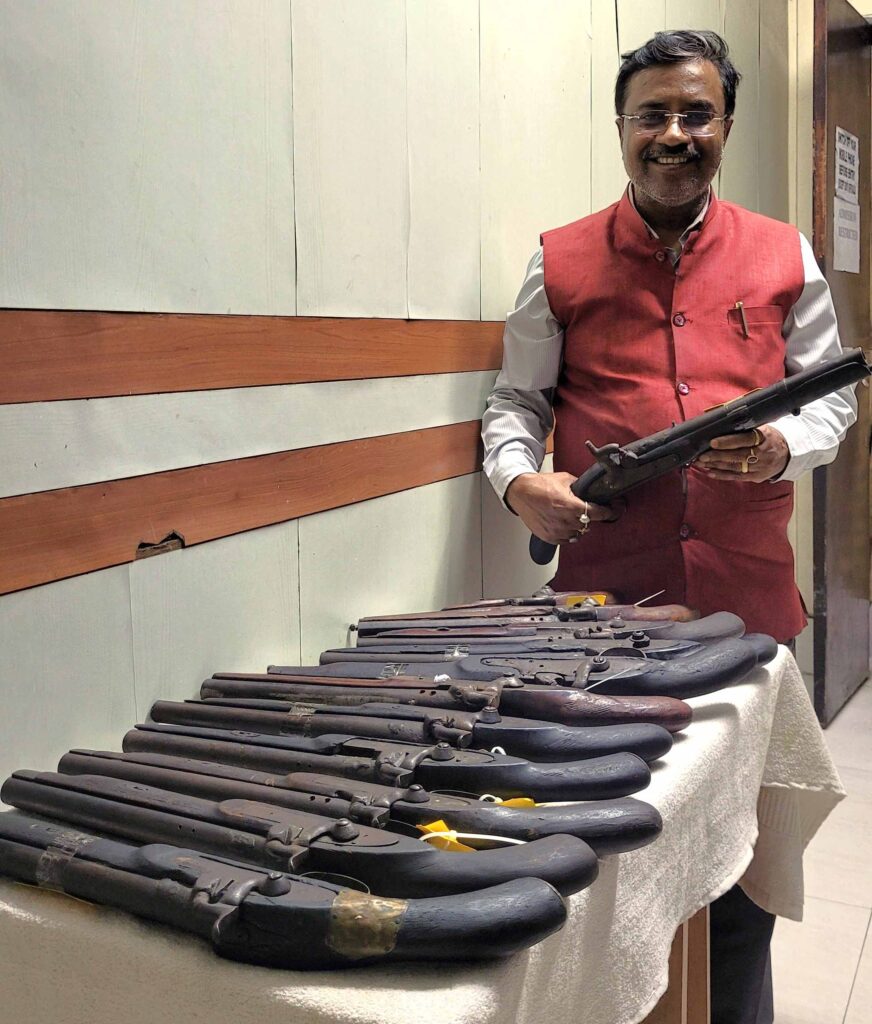
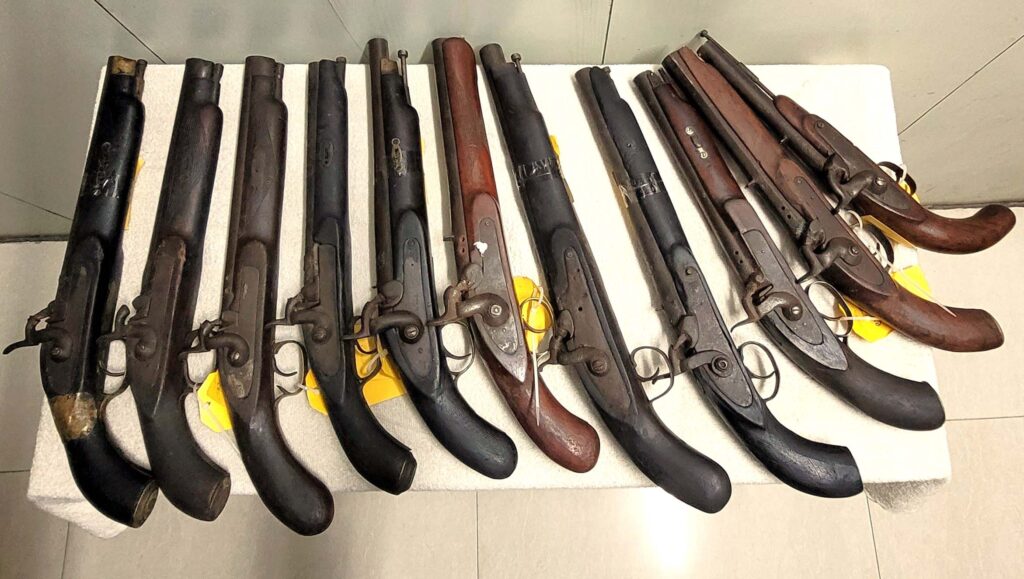
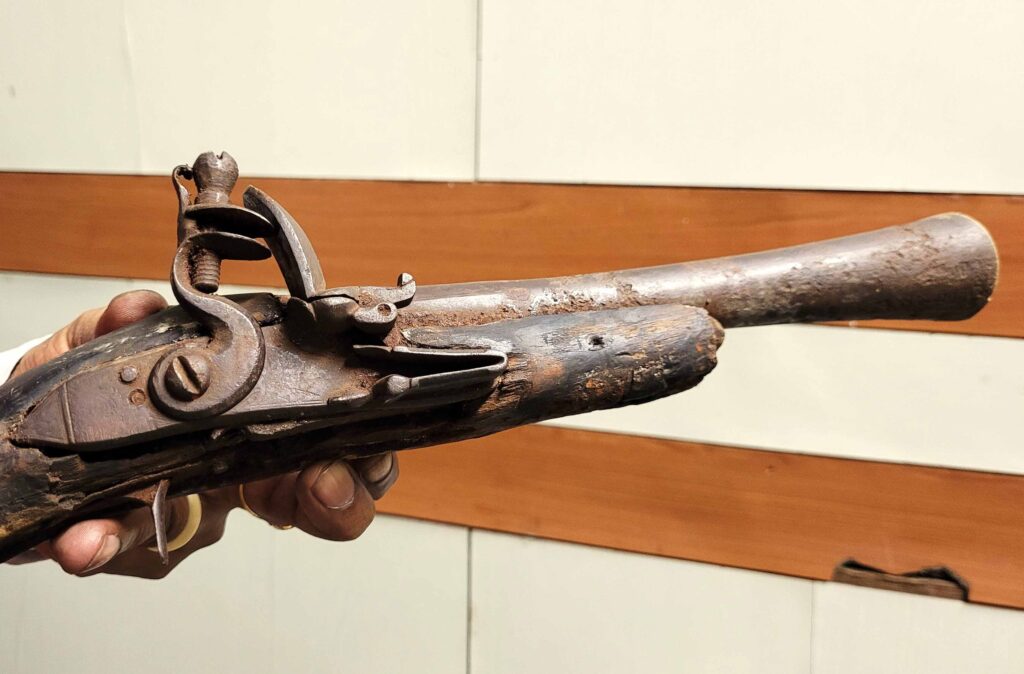
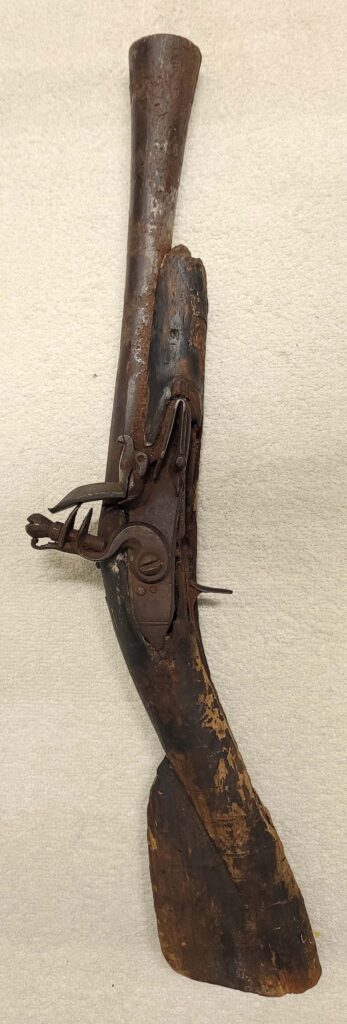

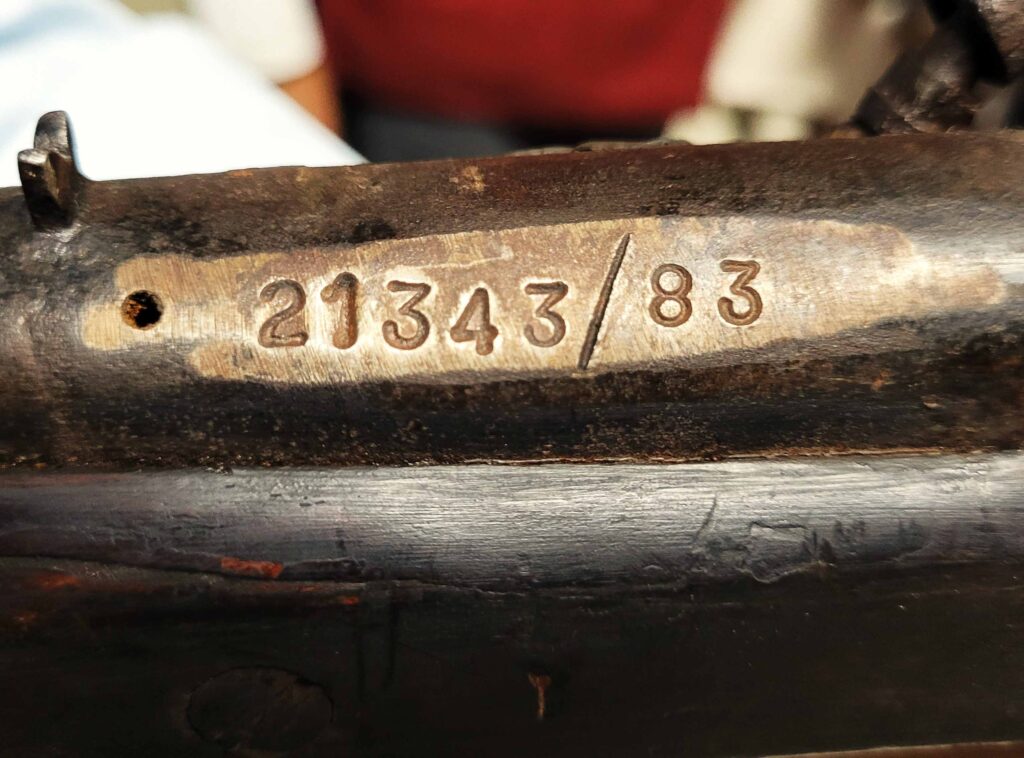
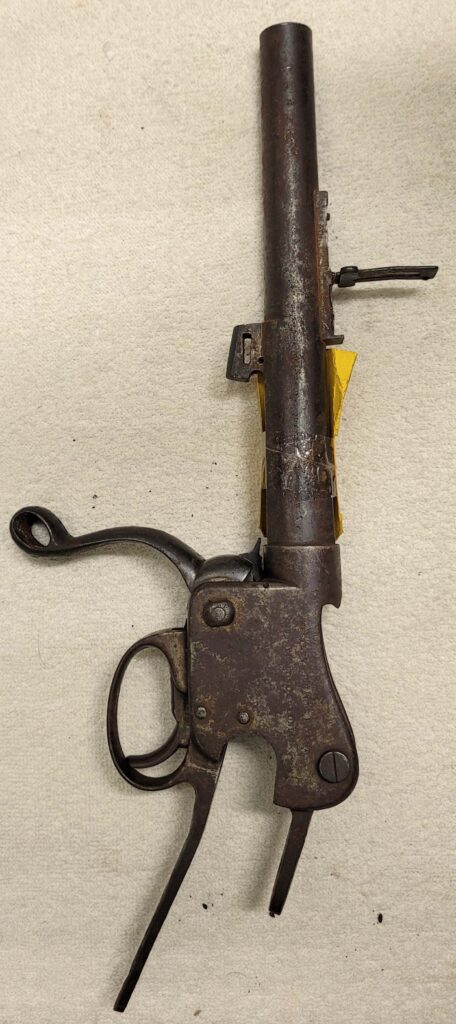
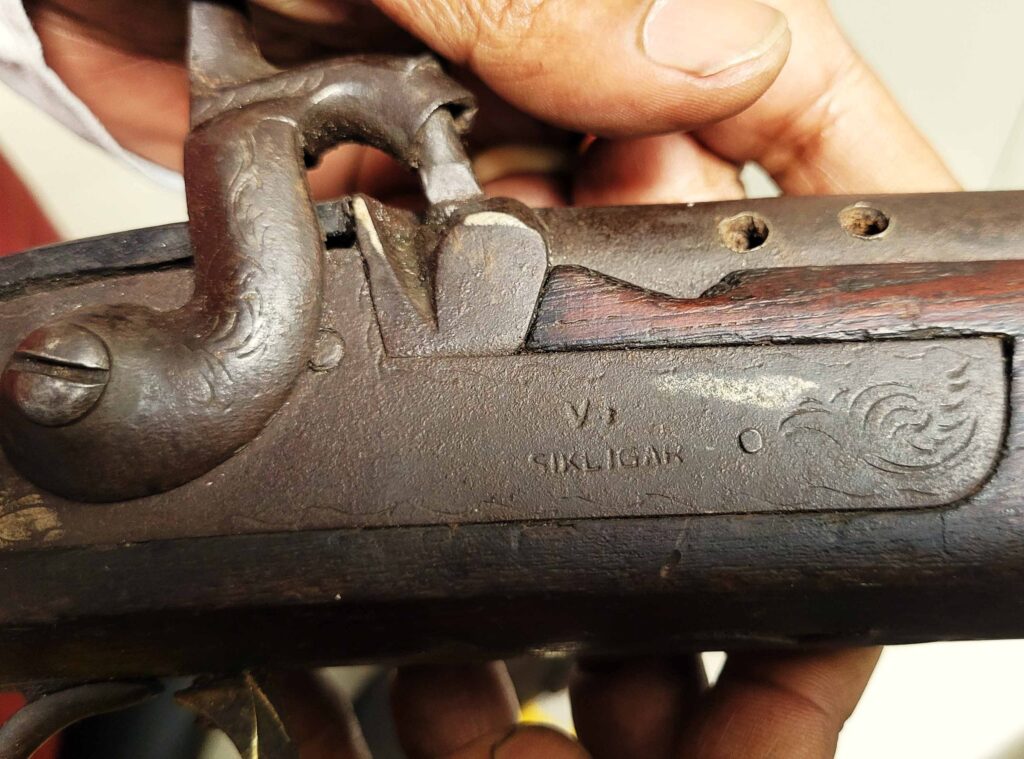
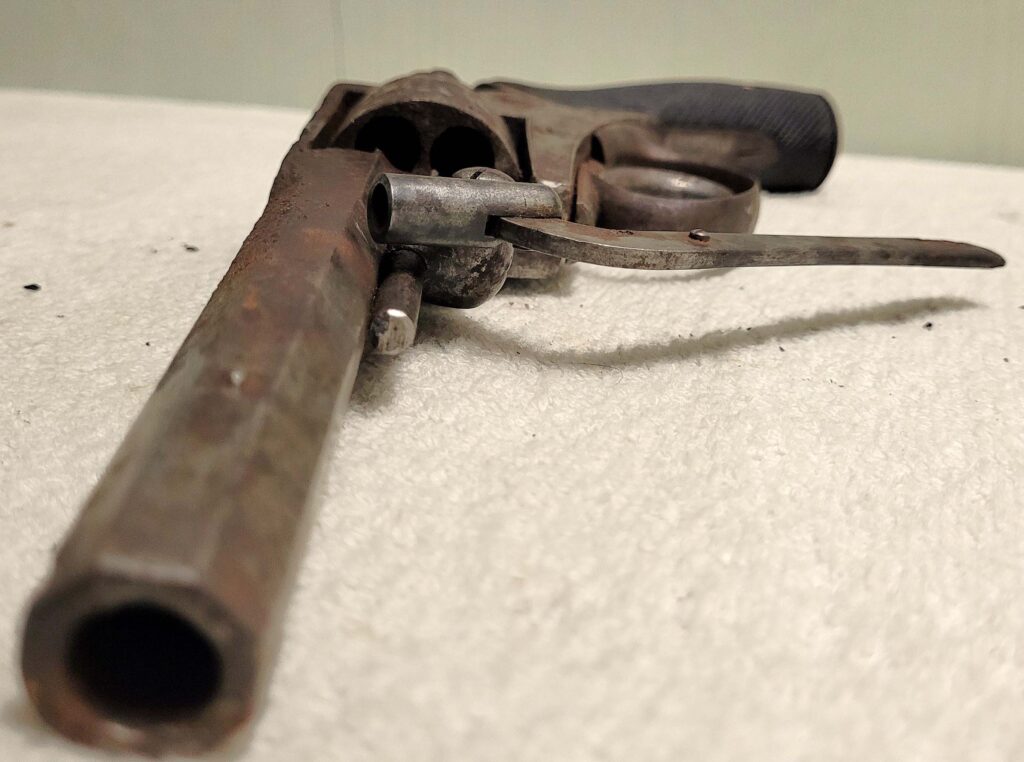
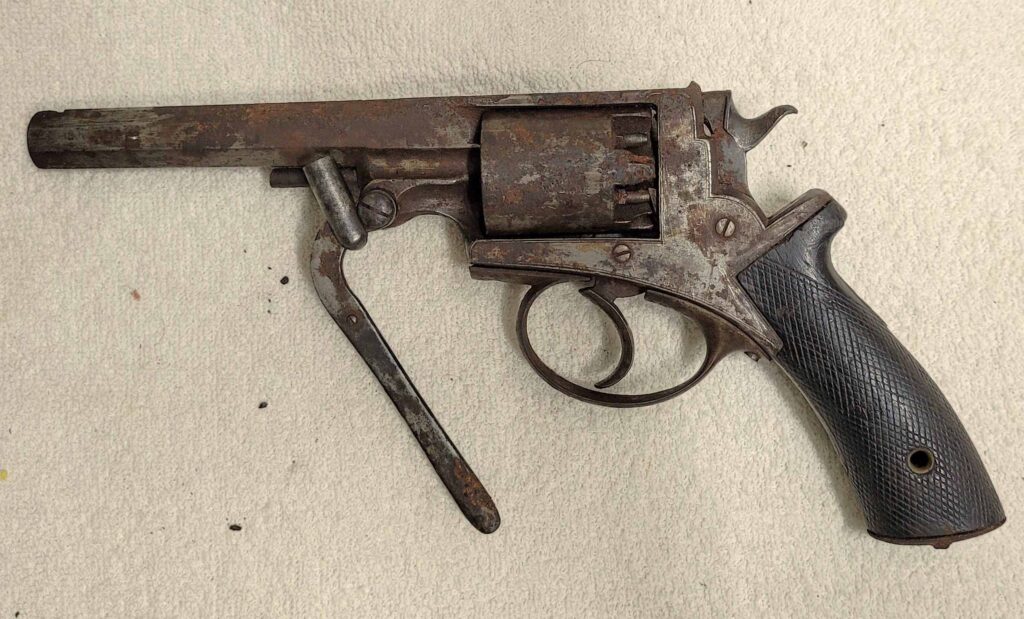
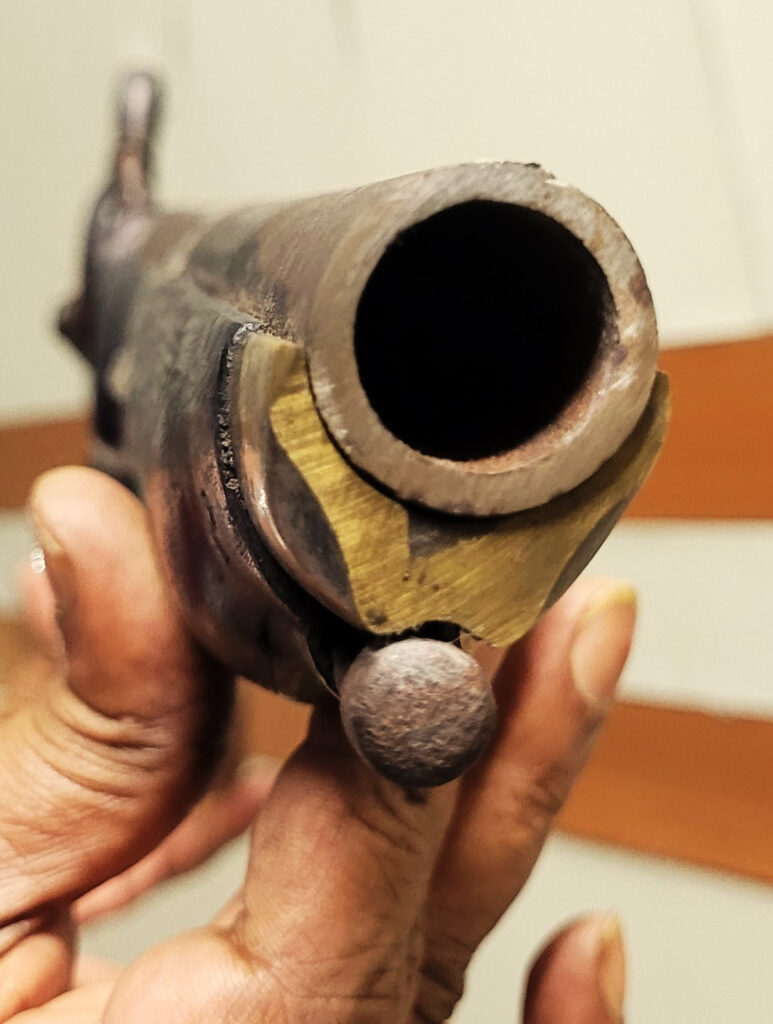

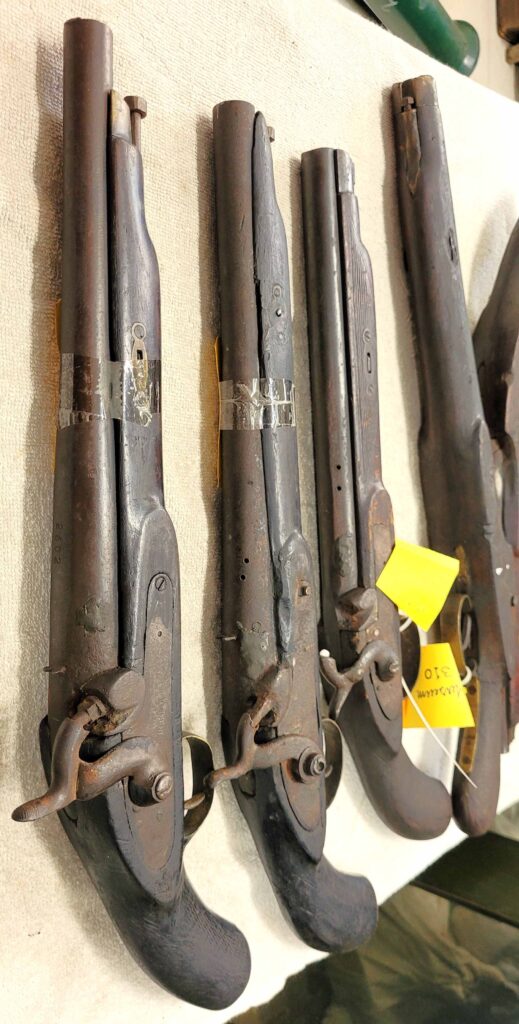
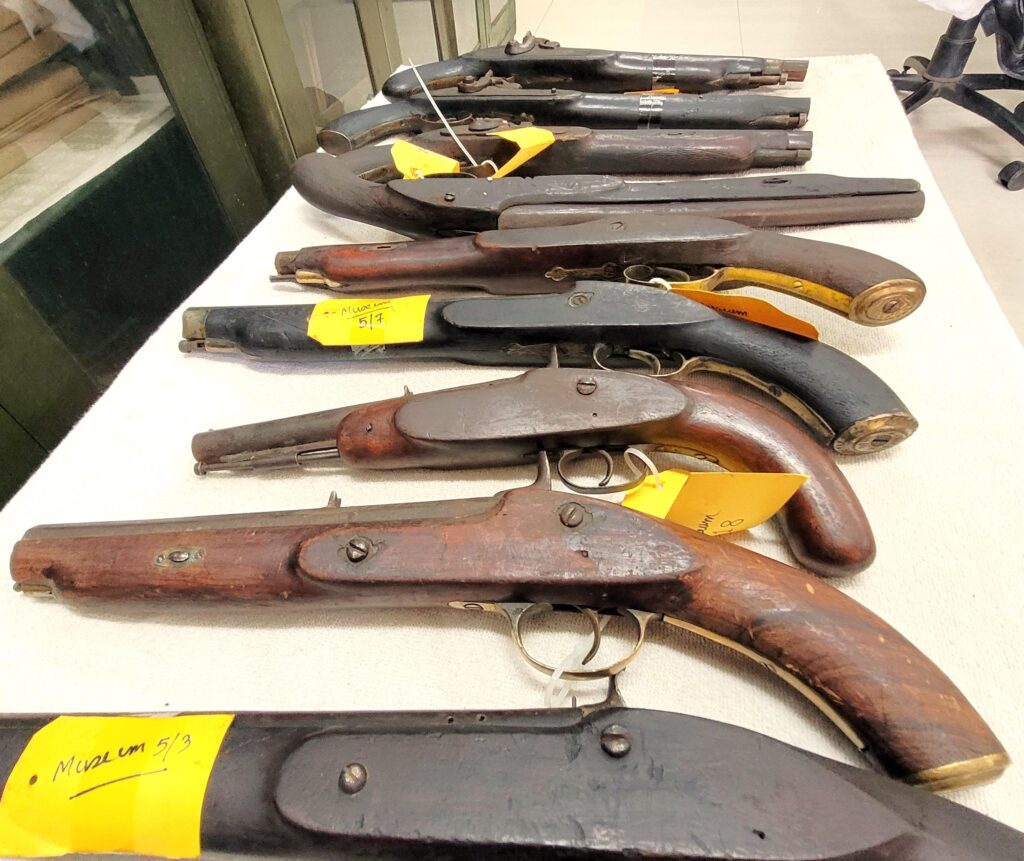
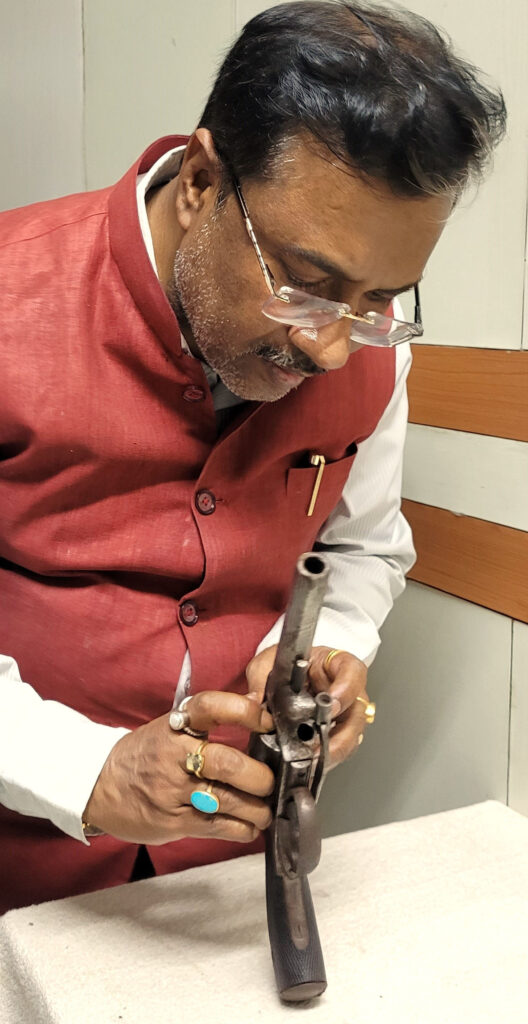
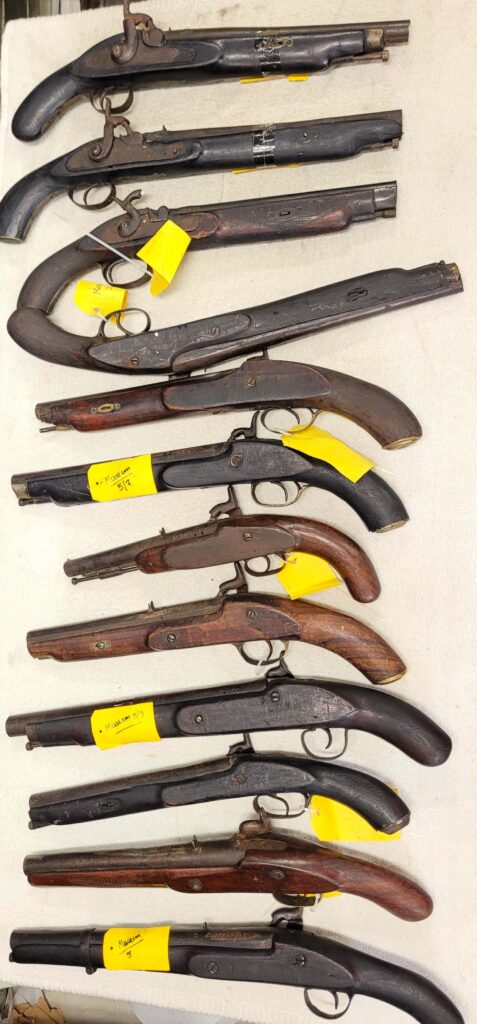
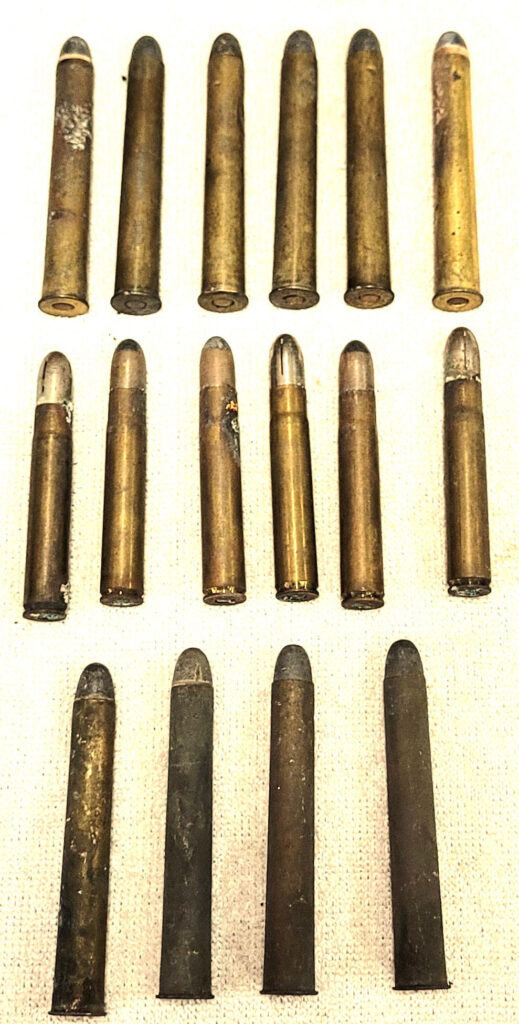
Roaring Cannons
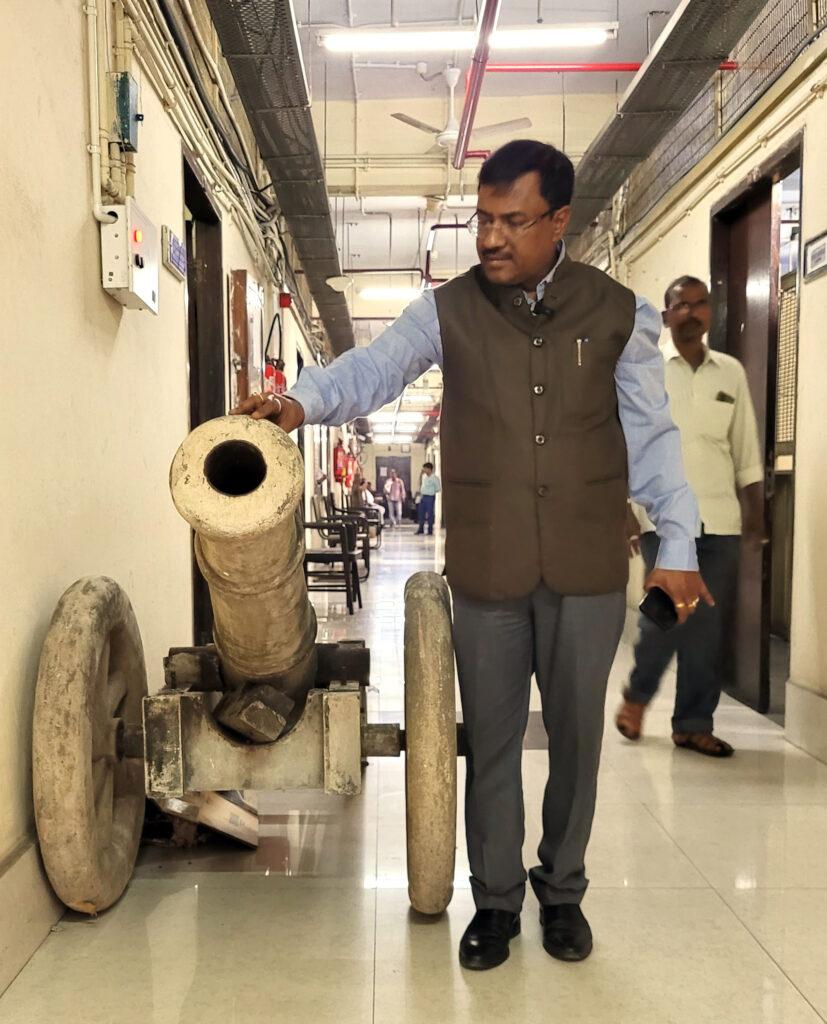
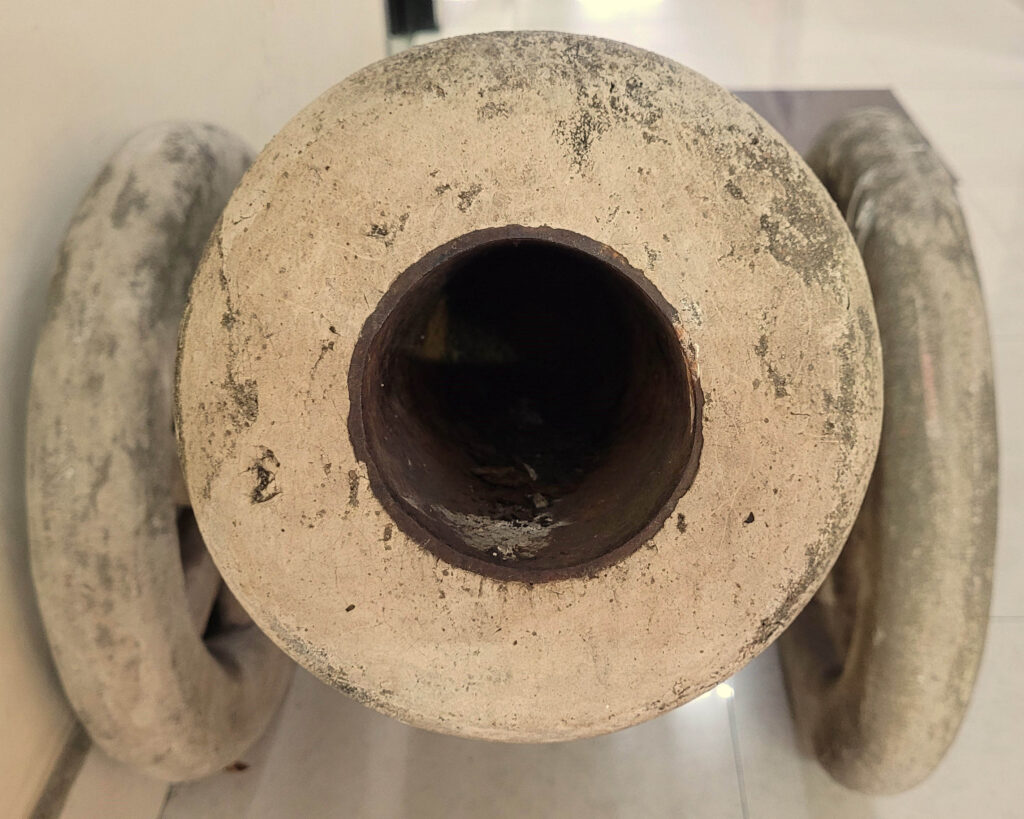
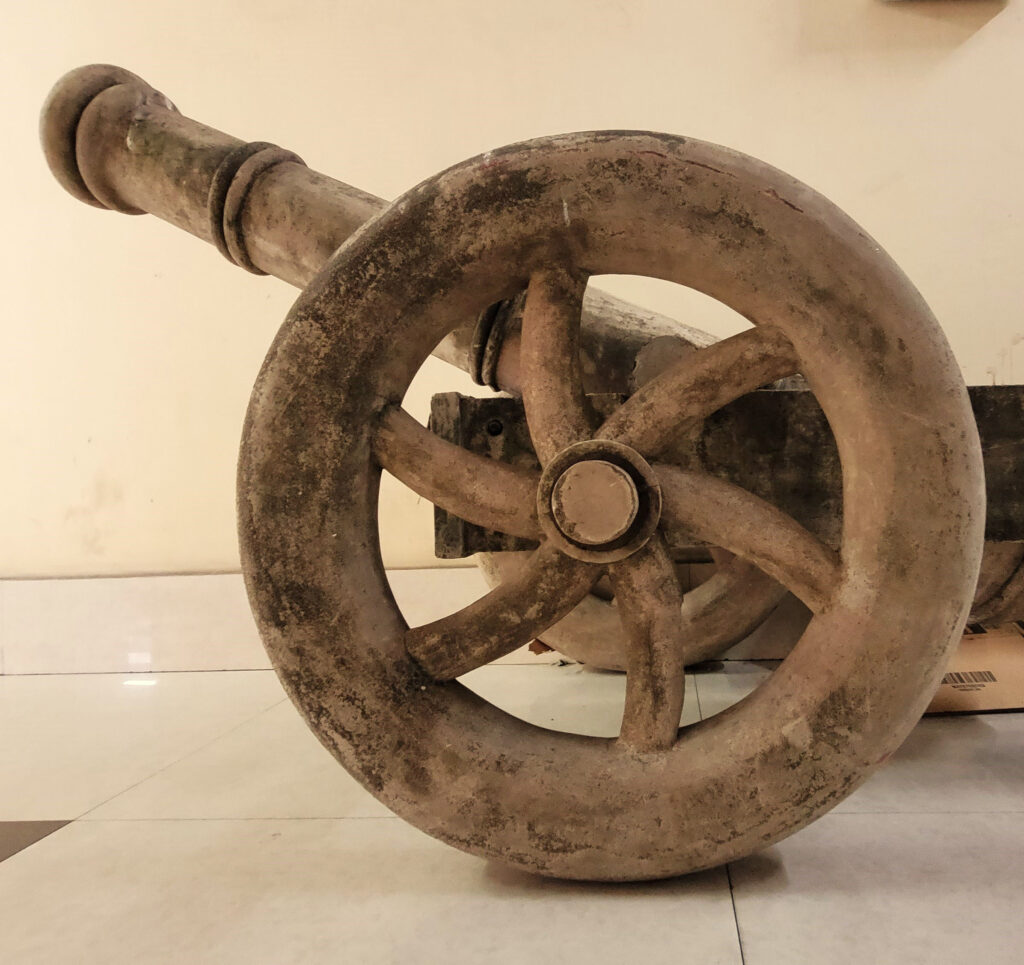
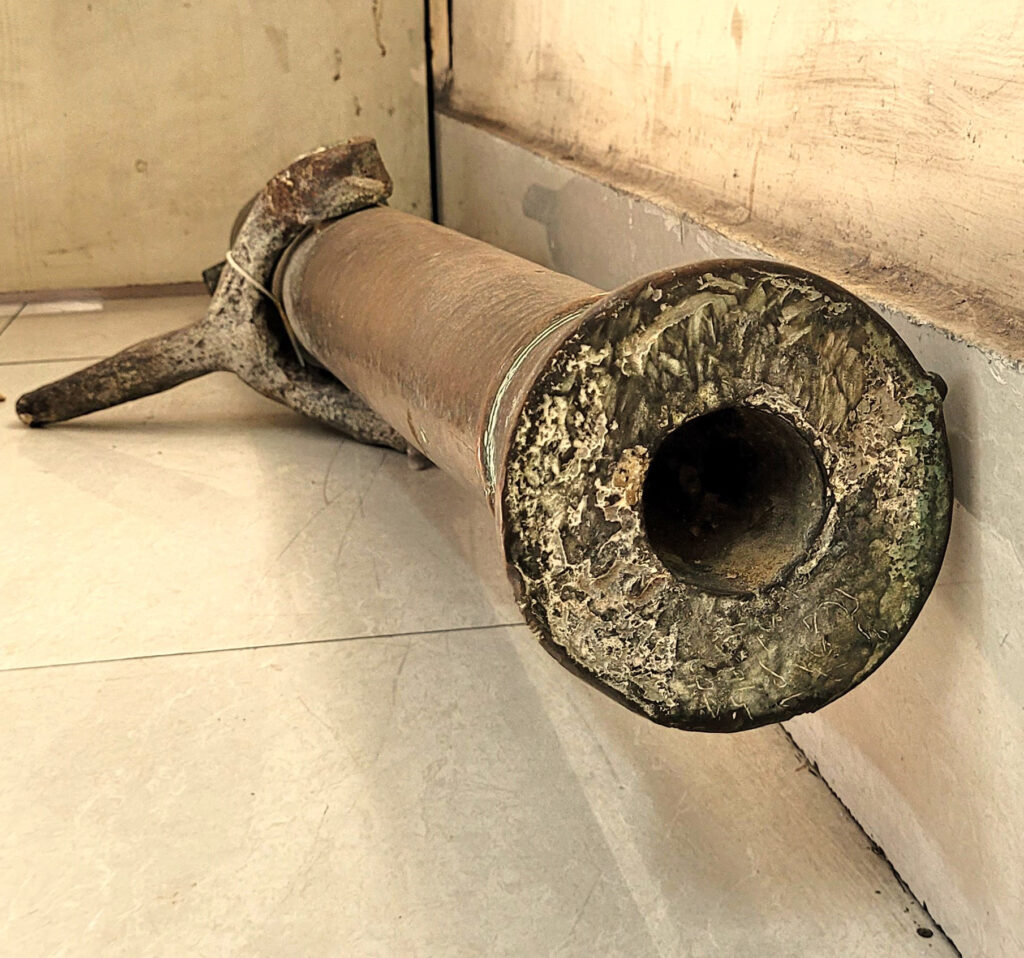
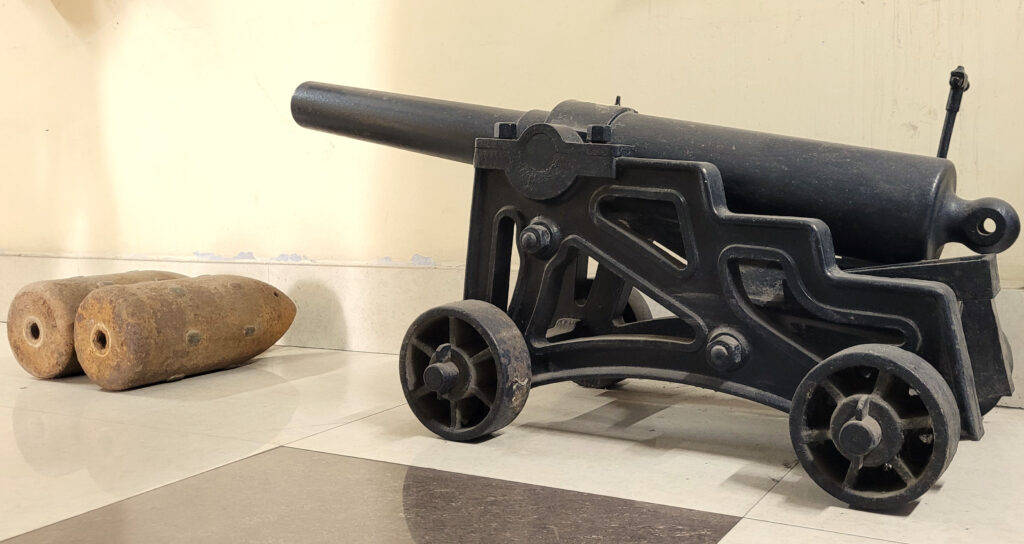
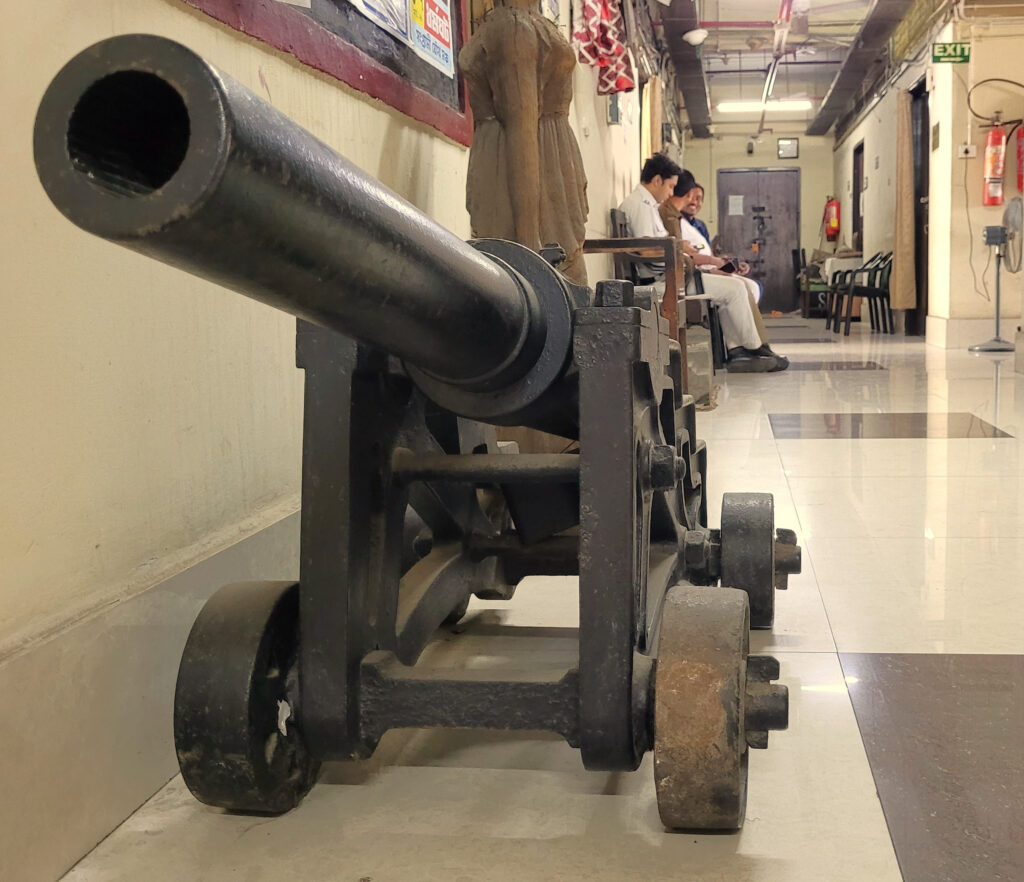
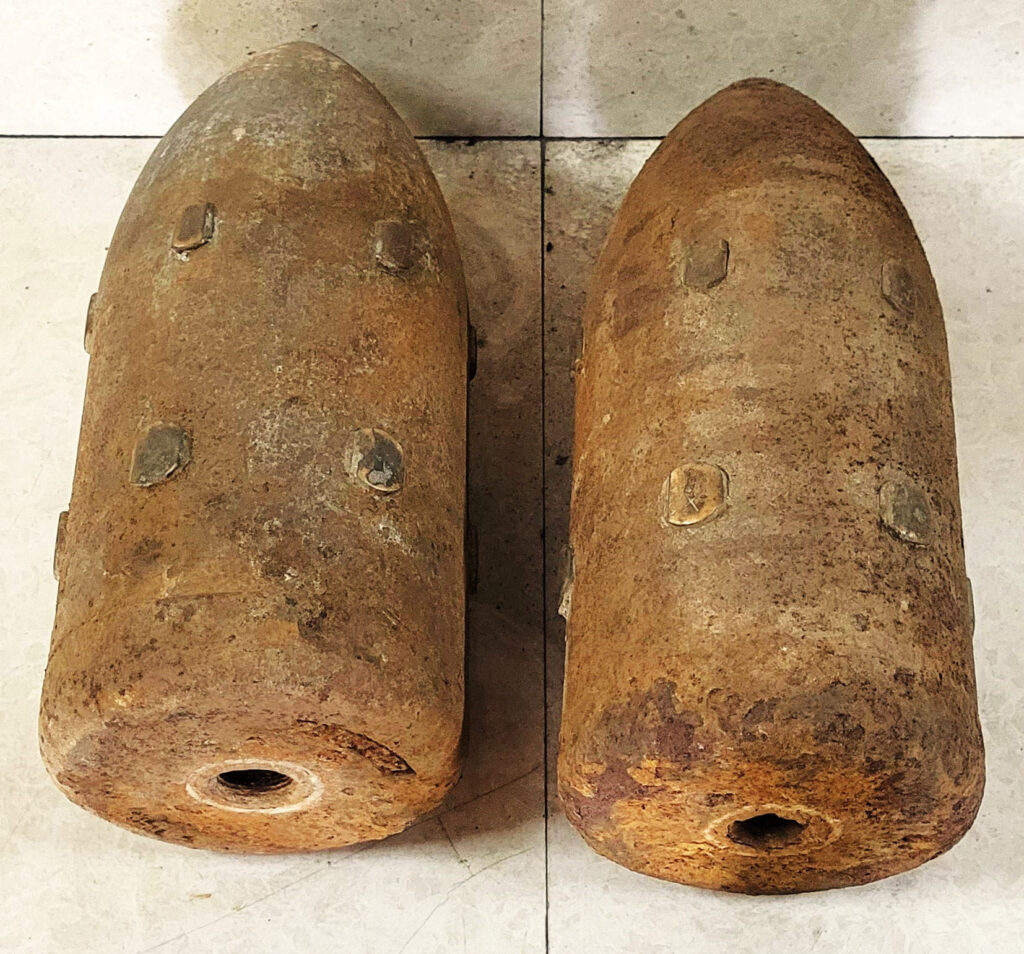
Swords That Still Sparkle

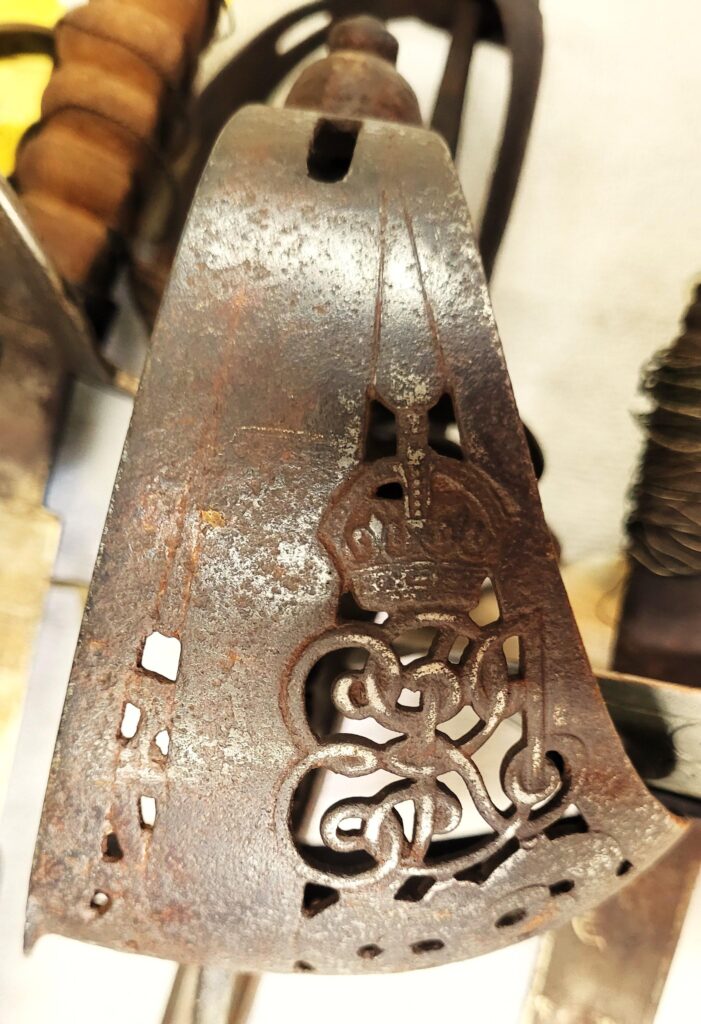
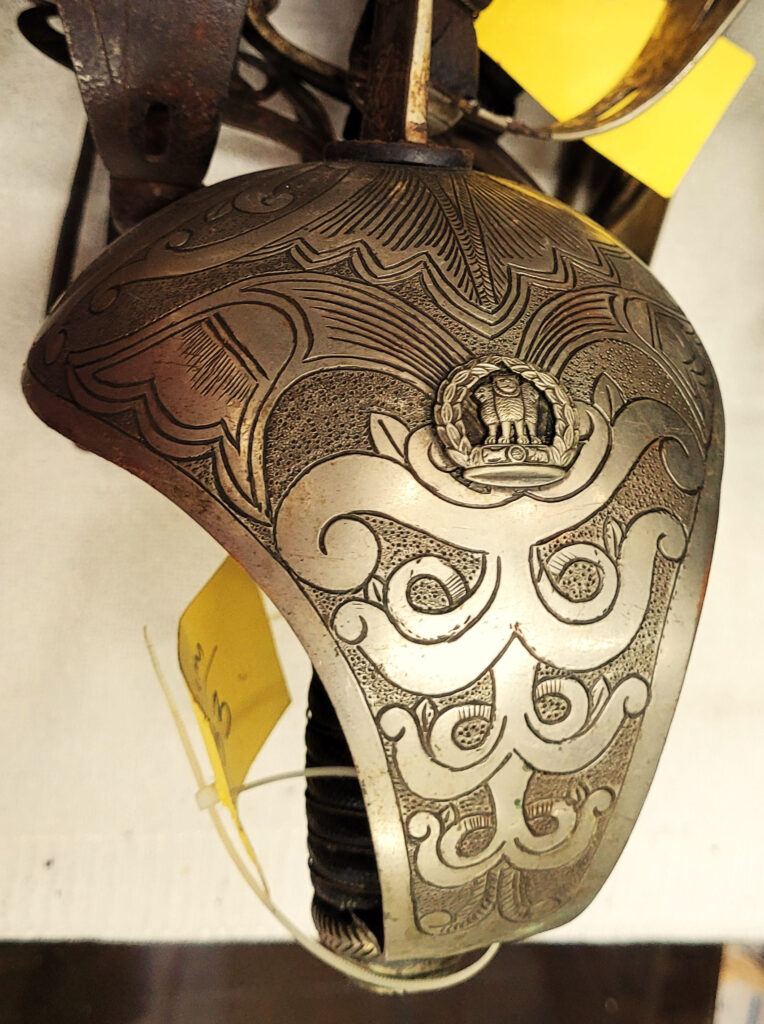
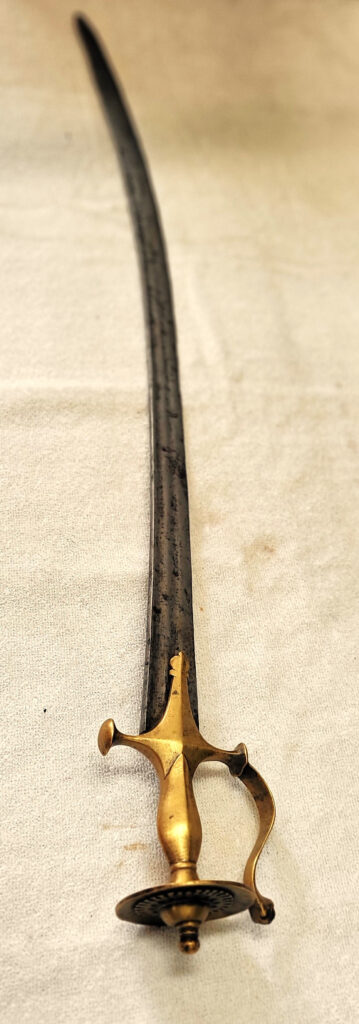
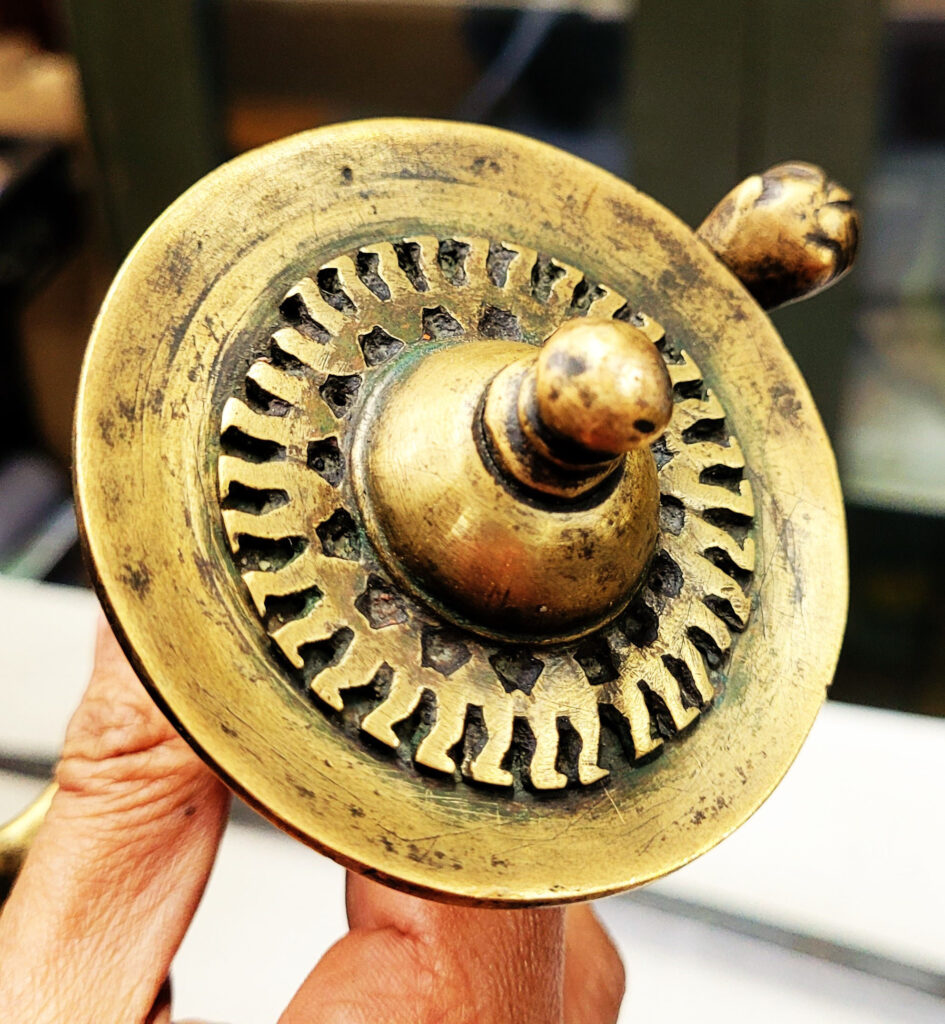

1971: Enemy At The Gates
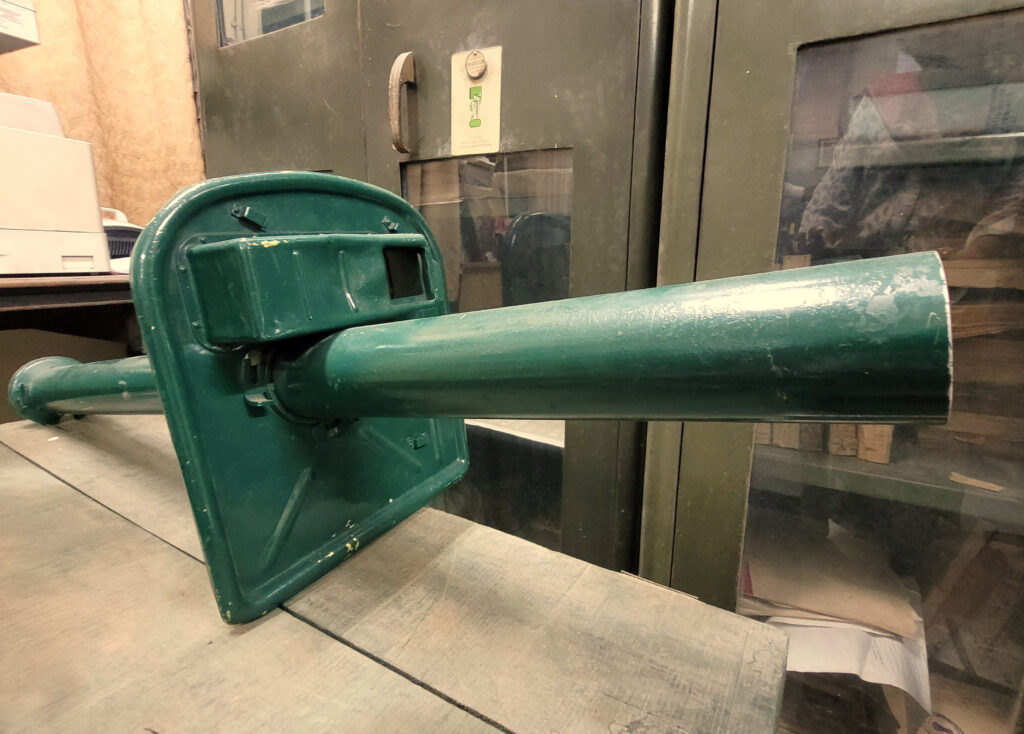
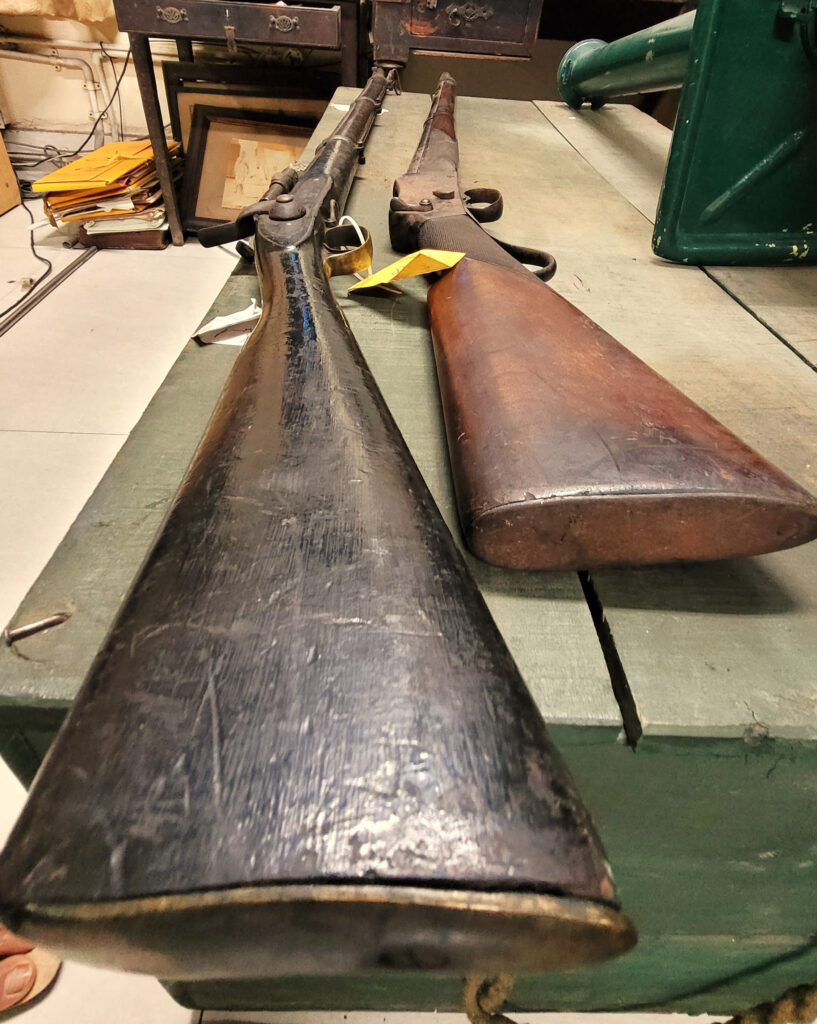
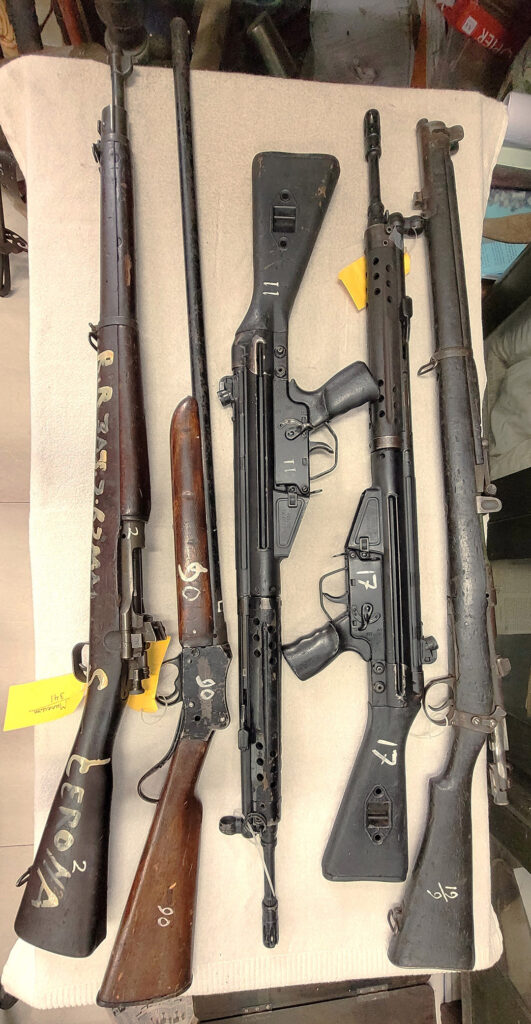
Slices Of History
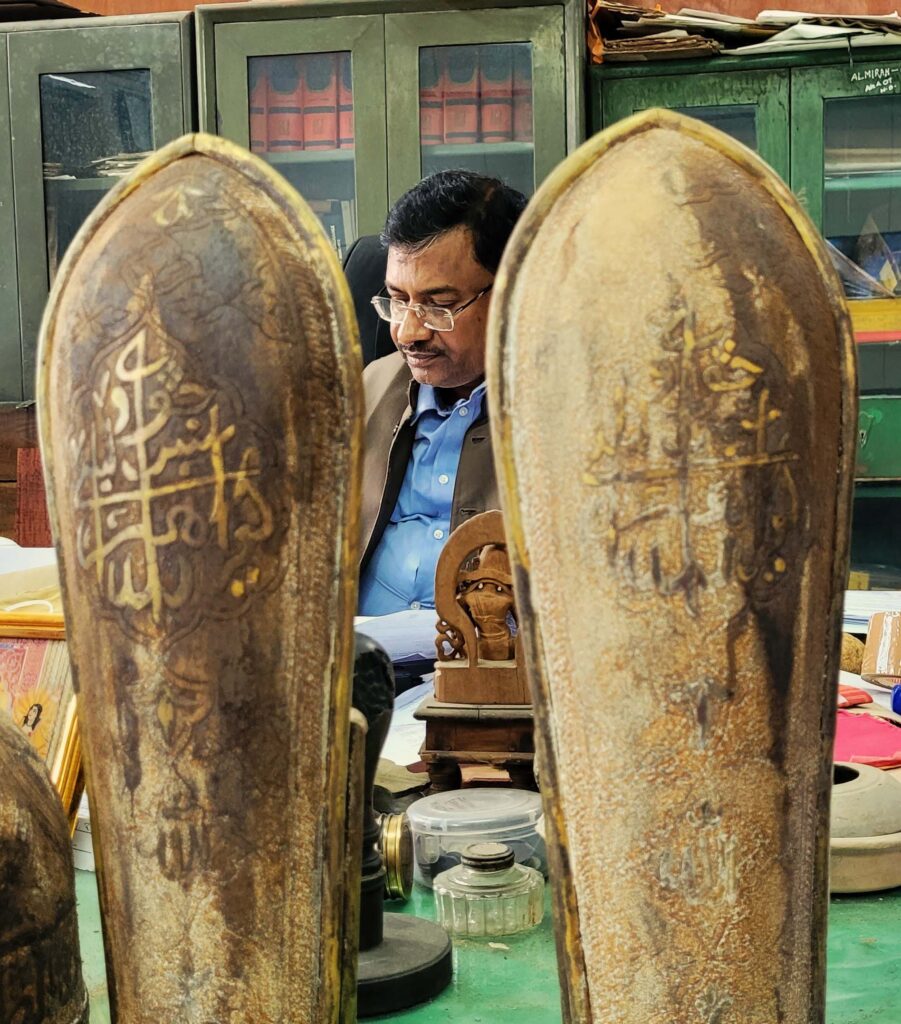
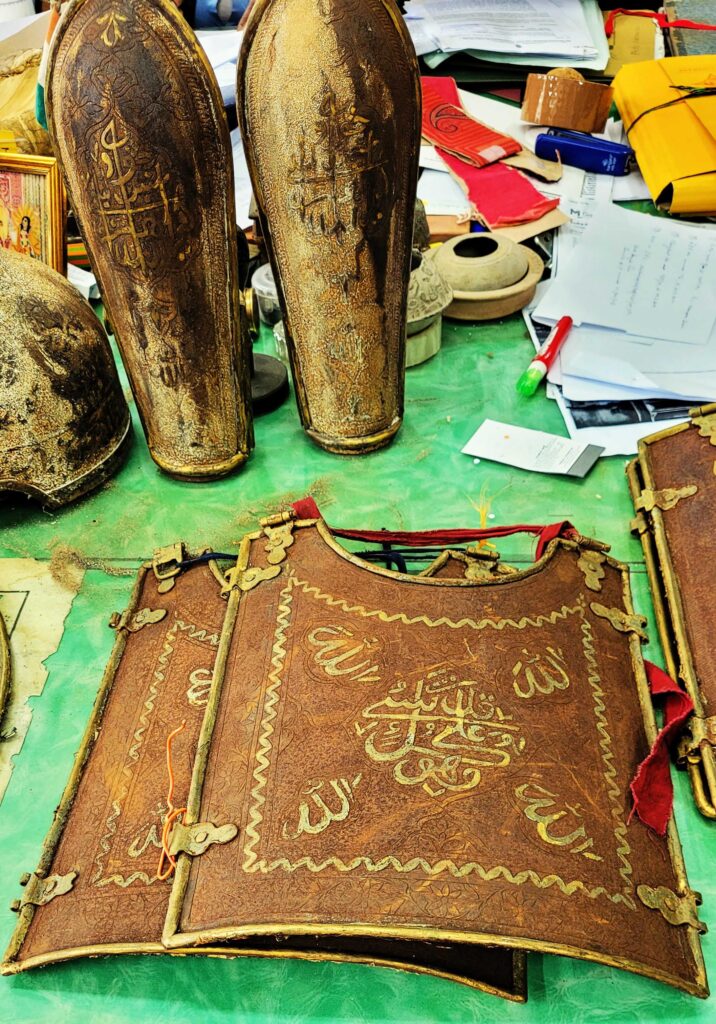
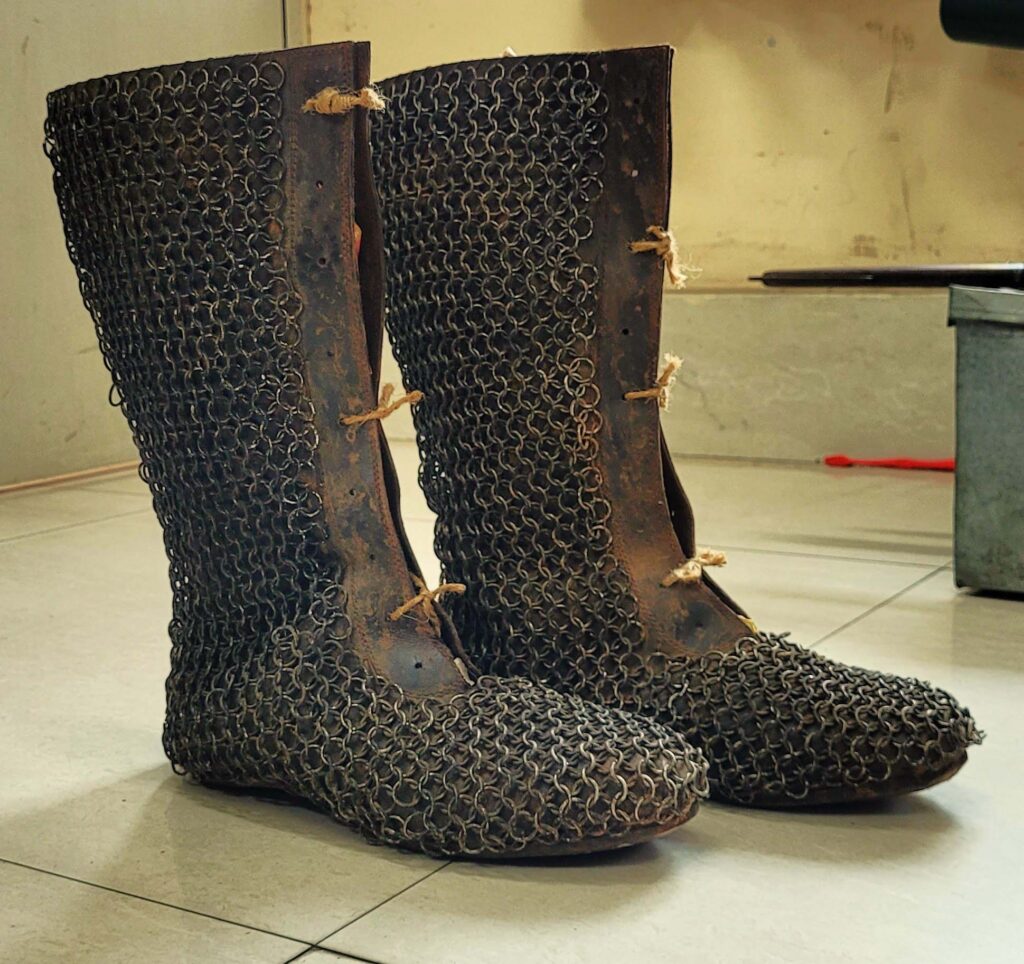
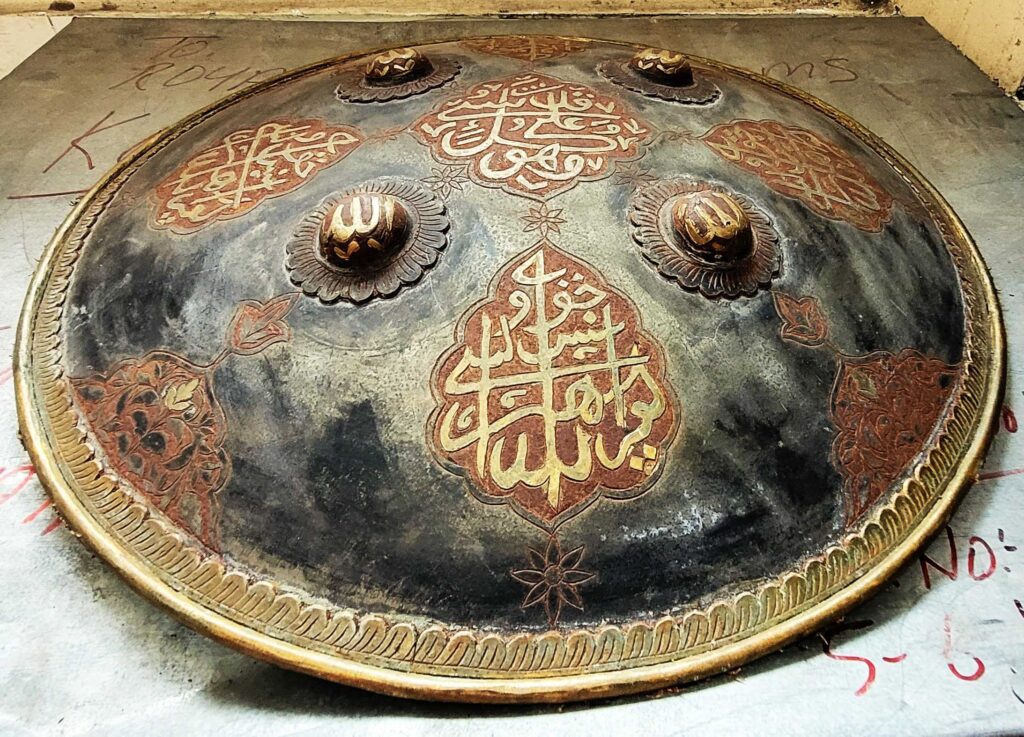
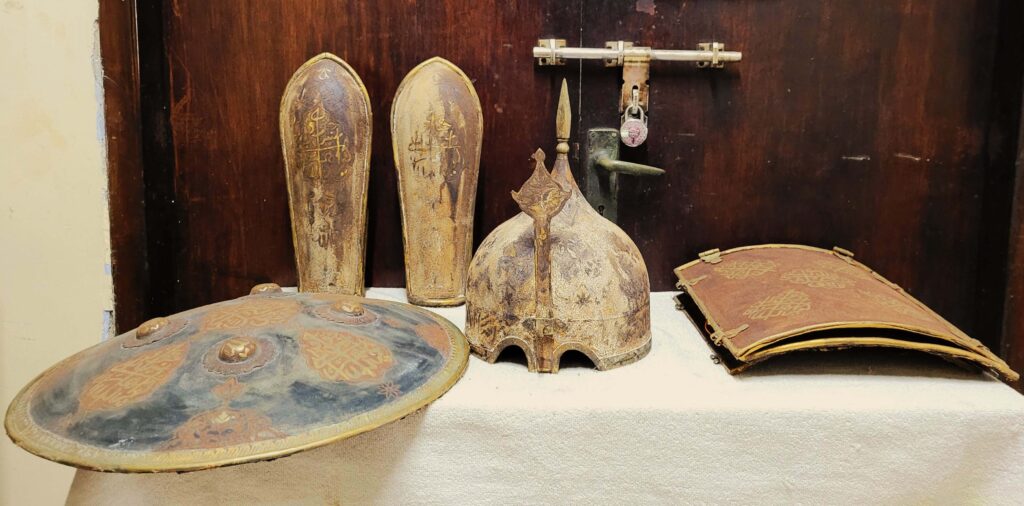
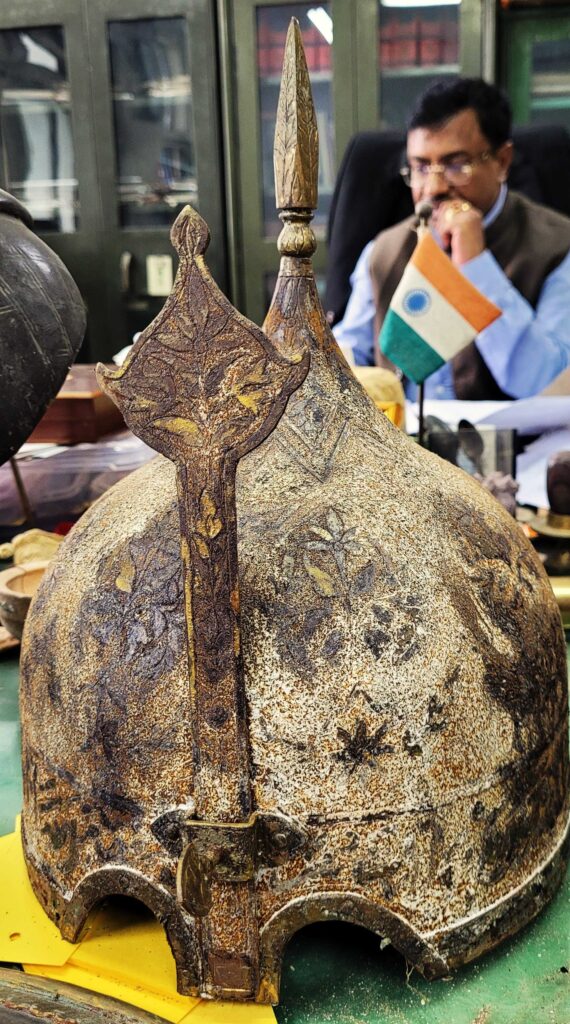


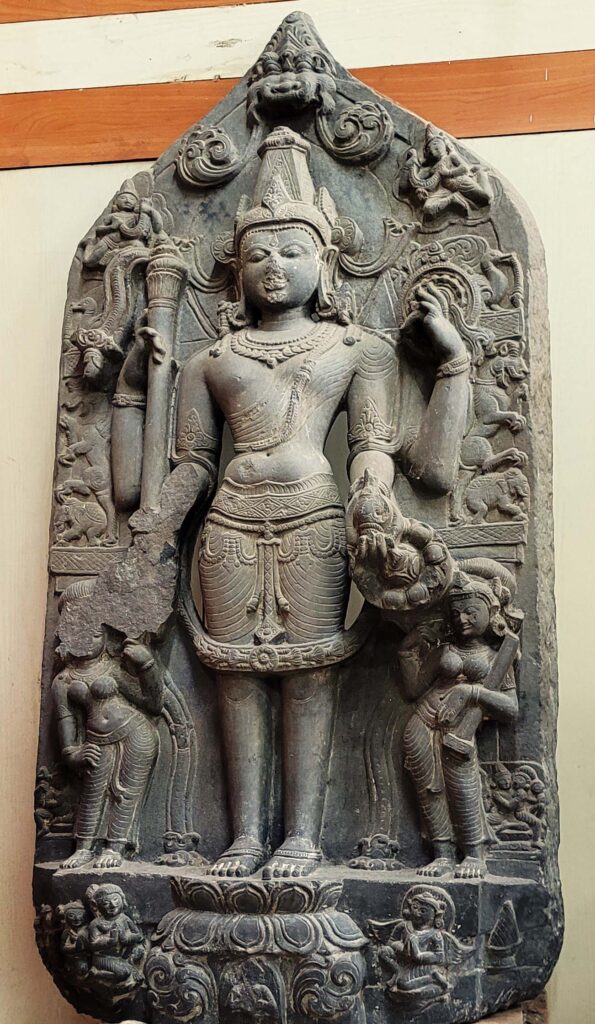
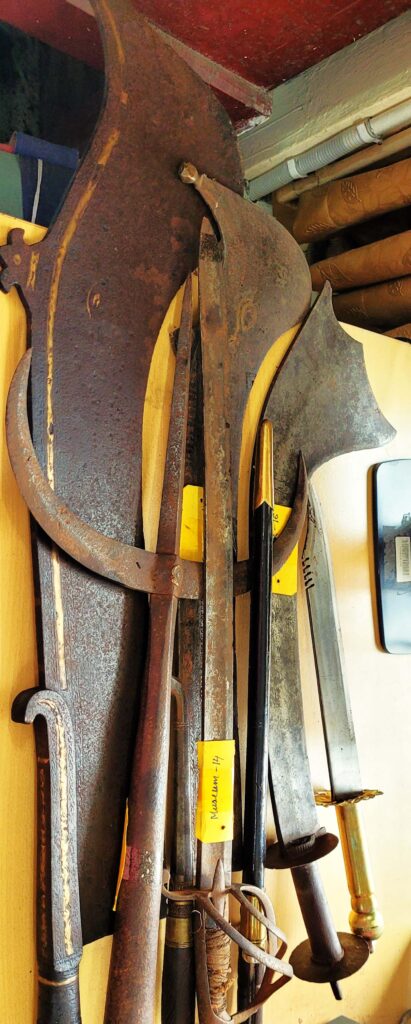
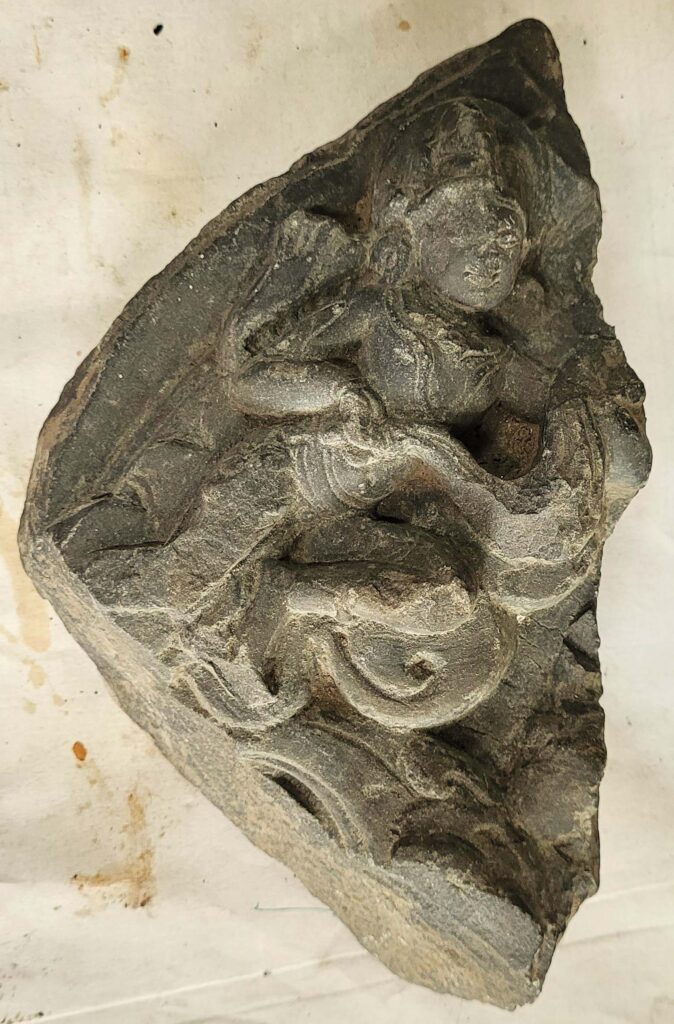
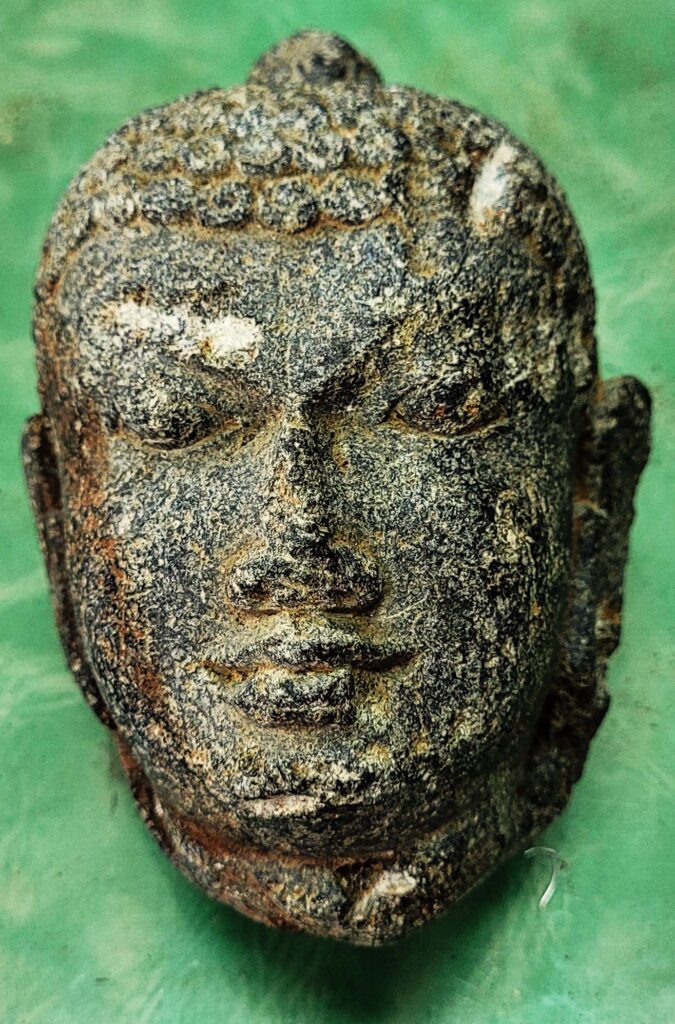
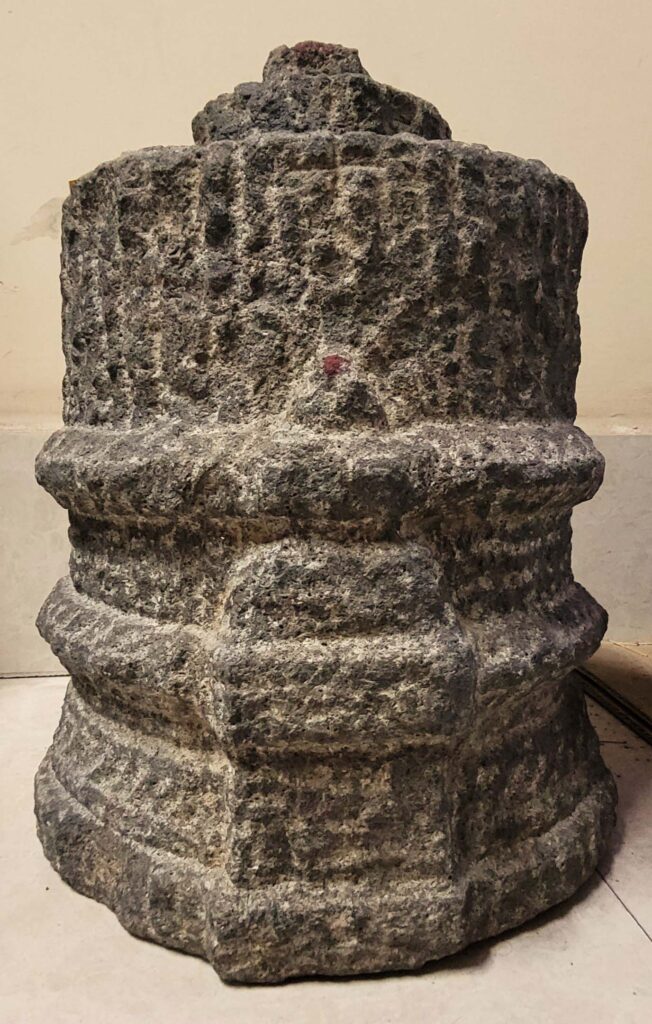
COPYRIGHT & REPUBLISHING TERMS:
All rights to this content are reserved with Empire Diaries. If you want to republish this content in any form, in part or in full, please contact us at writetoempirediaries@gmail.com.
DON’T MISS:
WATCH…









